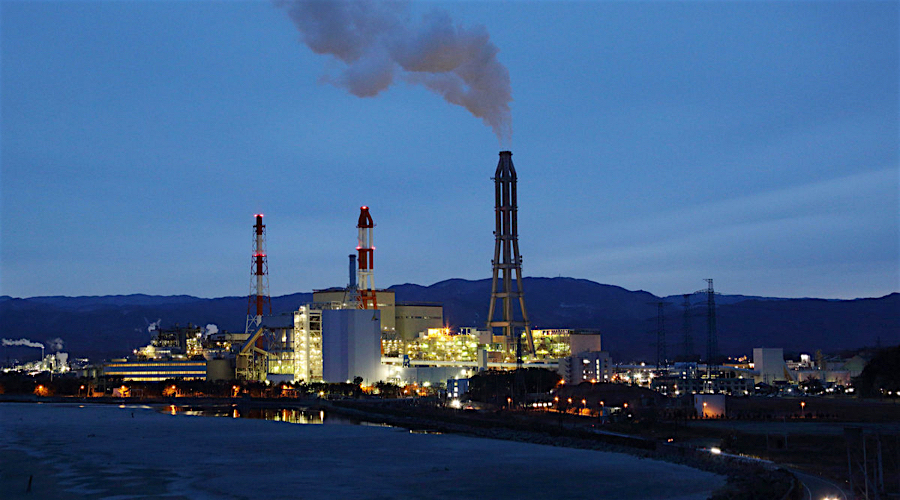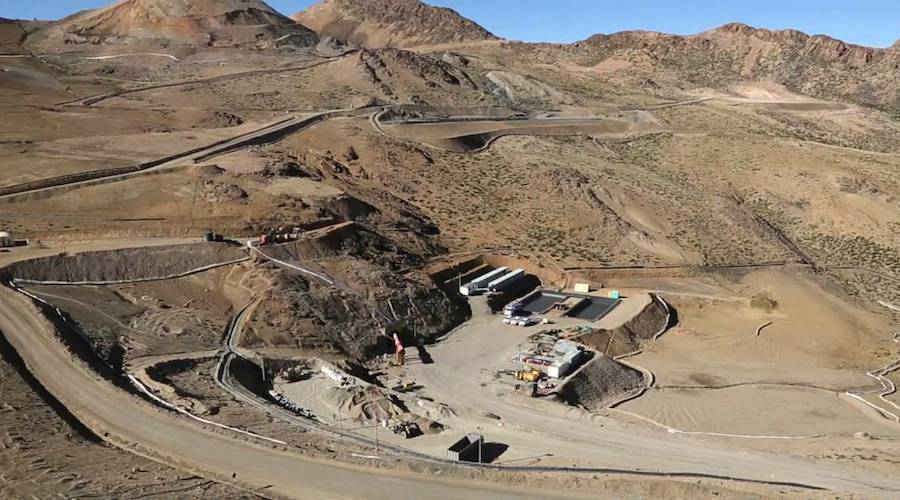Is coal’s slump overdone? Australia’s resilient exports suggest maybe

Australian thermal coal prices plummeted last week, dropping to a 10-month low after succumbing to a series of blows including concern over imports by China and a lower contract price with Japan.
But while one should always be wary of trying to catch a falling knife, there are some signs that the rapid decline in prices in recent months has moved the market into oversold territory.
The weekly price at Australia’s Newcastle port, the largest coal export harbour in the world, fell to $74.57 a tonne in the seven days to April 7, according to Argus Media.
That was 15.5 percent below the previous week’s assessment, and the polluting fuel is now 38 percent below its 7-1/2 year peak of $119.74 reached last July.
Part of the blame for the poor price performance can be laid at the door of the agreeing of contract prices between major miner Glencore and Japan’s Tohoku Electric Power
The Newcastle spot price fared even worse, slumping 20 percent in the week to April 5 to end at $72 a tonne, the steepest weekly decline since the global financial crisis of 2008/09.
Part of the blame for the poor price performance can be laid at the door of the agreeing of contract prices between major miner Glencore and Japan’s Tohoku Electric Power, a settlement that serves a benchmark for longer-term deals in the region.
The price agreed was $94.75 a tonne for Australian thermal coal supplied for the year through to March 2020, Reuters reported on April 2, citing a source with direct knowledge.
This was 14 percent below the price agreed in October last year for prices for the year to September 2019.
Glencore has two annual benchmark supply contracts with Japanese utilities, typically negotiated by Tohoku Electric, one for April through March and the other for October through September that takes account of later market conditions.
It’s not unusual for spot prices to drop after the conclusion of contract negotiations, especially since Japan is Australia’s largest buyer of thermal coal, taking about 114 million tonnes in 2018.
China issues
Another headwind for Australian coal exports has been a reported go-slow on customs clearances at some Chinese ports, although this has been officially denied.
The reported increase in clearance times for Australian coal, initially reported in mid-February, led to weaker coal prices, a drop in the Australian dollar and a scramble by Australian politicians to reassure that all was well with the country’s largest trading partner.
There is some evidence to support that China has eased up on purchases from Australia in recent months, with Refinitiv vessel-tracking and port data recording imports of 7.4 million tonnes in March.
While this was higher than February’s 5.8 million tonnes, it was well below January’s 8.1 million.
Overall, it’s difficult to make a case for slumping prices on the basis of a lack of demand, as the vessel-tracking data clearly shows Australian coal exports holding up well
Still, looking at Australia’s total coal exports, it seems they are holding up relatively well, with a total of 32.1 million tonnes being imported by buyers in March, up from 27.5 million in February and only slightly below January’s 33.4 million.
South Korea imported 4.8 million tonnes of Australian coal in March, up strongly from February’s 3.4 million tonnes, while Japan’s March imports of 9.01 million tonnes were largely steady from February’s 8.98 million.
Overall, it’s difficult to make a case for slumping prices on the basis of a lack of demand, as the vessel-tracking data clearly shows Australian coal exports holding up well.
However, the China uncertainty, slower global economic growth and the end of the peak northern winter demand period are all reasonable factors that are bearish for coal prices.
The question is whether the recent slump is now overdone, especially if Australia’s coal export volumes continue to show some resilience.
(By Clyde Russell; Editing by Richard Pullin)
{{ commodity.name }}
{{ post.title }}
{{ post.date }}

Comments